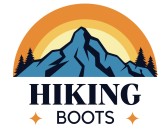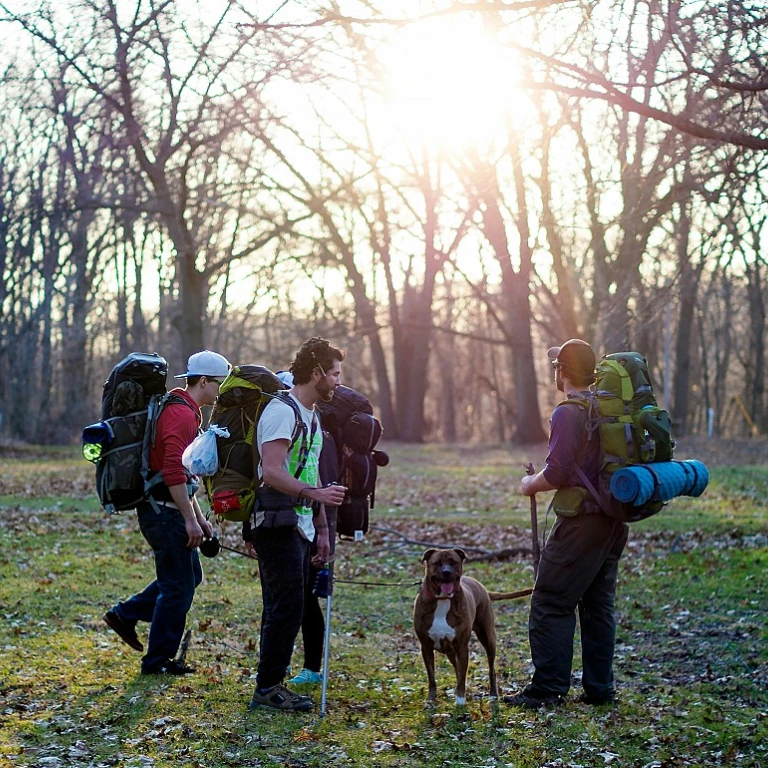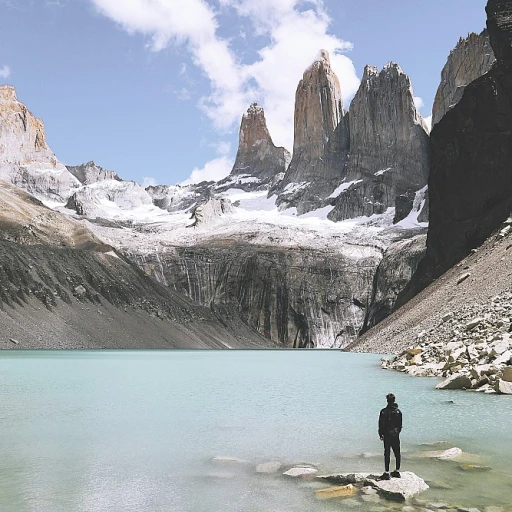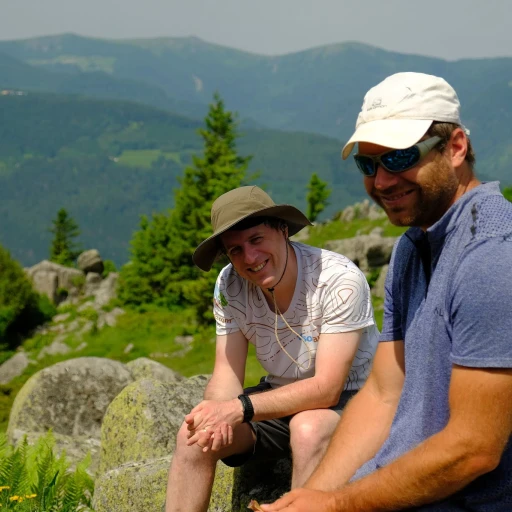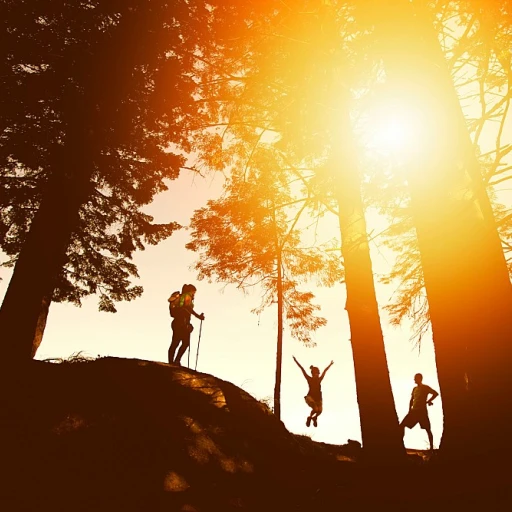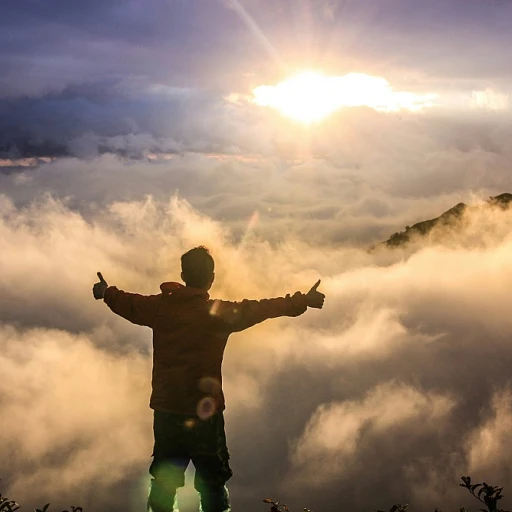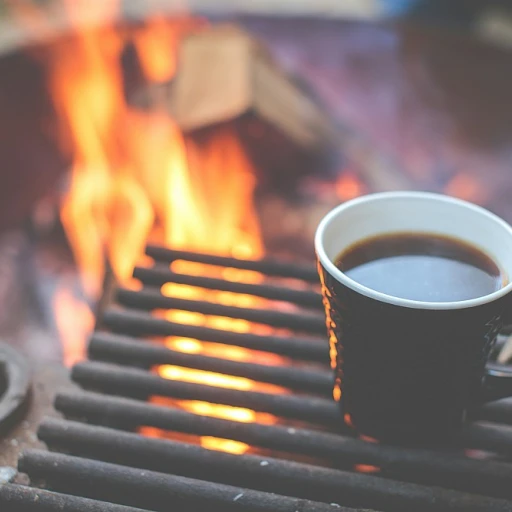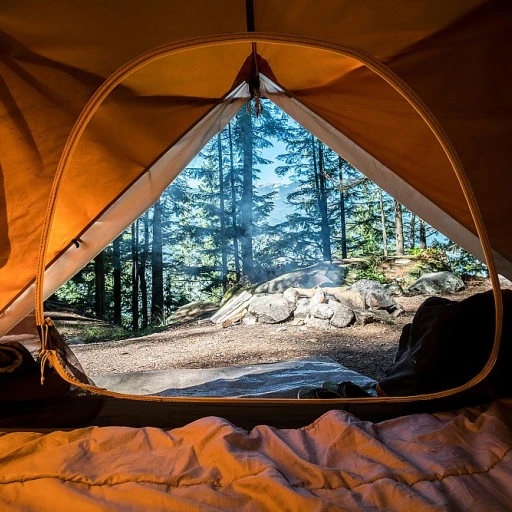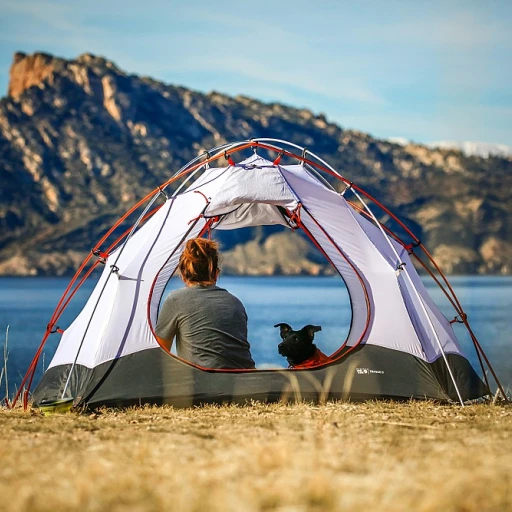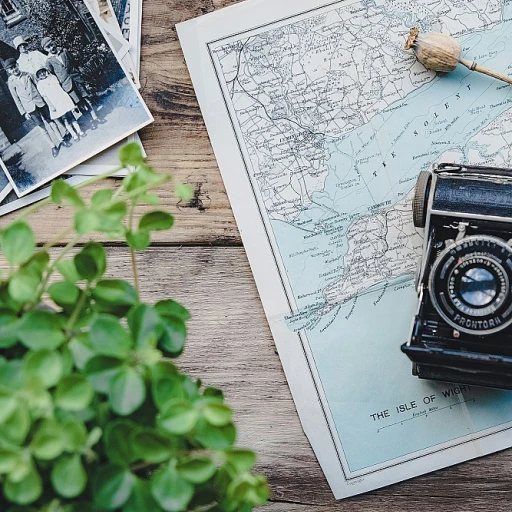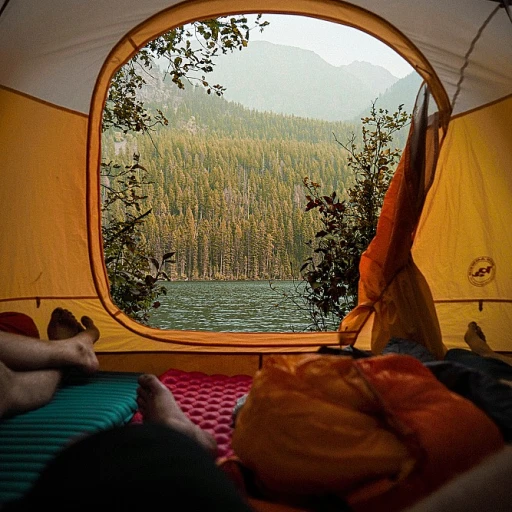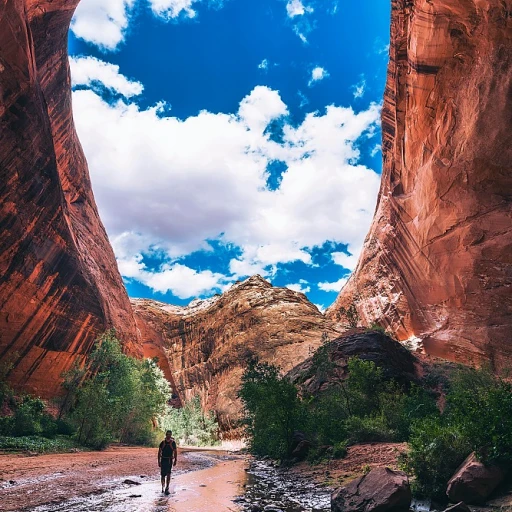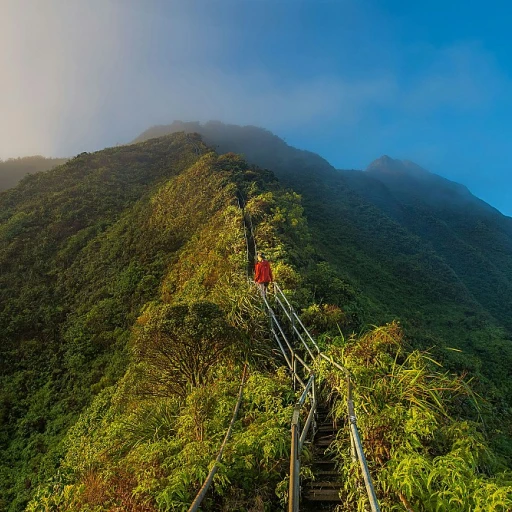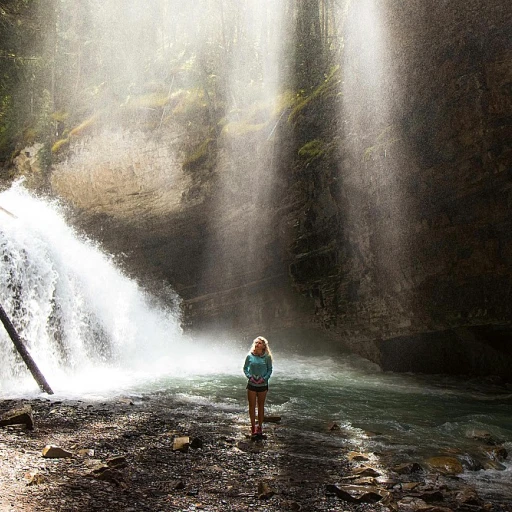The harsh climate of Death Valley
Understanding Death Valley's unique climate
Death Valley, a name that conjures images of a barren, inhospitable landscape, is indeed one of the hottest places on Earth. Located in eastern California, this desert region is notorious for its extreme temperatures, with summer highs often soaring above 120 degrees Fahrenheit (49 degrees Celsius). But what makes Death Valley's climate so harsh and challenging for human habitation?
The valley's unique geographical features play a significant role in its intense heat. Situated below sea level and surrounded by mountains, Death Valley acts as a natural basin that traps hot air. This, combined with the lack of vegetation and water, creates an environment where the sun's rays are unrelenting, and the ground absorbs and radiates heat, intensifying the already scorching temperatures.
Despite these daunting conditions, Death Valley is not devoid of life. In the following sections, we'll explore who calls this extreme environment home and how they manage to survive. The resilience of both humans and wildlife in such a climate is a testament to the adaptability of life in the most challenging conditions. For those interested in exploring other unique hiking destinations, you might find Sedona hikes to be a captivating alternative.
Who calls Death Valley home?
Meet the Timbisha Shoshone tribe
Imagine calling a desert your home—a place where the mercury climbs relentlessly. Yet, the Timbisha Shoshone tribe has done just that for centuries in Death Valley, an area synonymous with scorching heat and a harsh climate. They have not just survived but thrived, making a life amidst the furnace-like conditions of Death Valley California. Rooted in rich tradition, the Timbisha Shoshone tribe chose this land even before the United States drew its maps. An expedition that might make the hair on your neck stand up, their journey was about navigating this rough terrain when modern comforts were nothing but a distant dream. Today, they're the only Native American community within these borders, residing around the Furnace Creek area in Death Valley National Park.Finding solace amidst the extremes
Despite the blistering heat and sparse water resources, people in Death Valley, especially the Timbisha, cling to their deep connection with the land. It’s not just the oppressive sun that defines this place. Nearby Badwater Basin, the lowest point in North America, stands as a testament to the Earth's extremes. The tribe's folklore and traditions offer a sense of belonging, blending their lives with this unique desert environment. Their lands overlook the towering Panamint Range and the mystical Amargosa Range—a constant reminder of a resilient past.Adopted by explorers and artists
The harsh locales of Death Valley have drawn more than just the natives. Artists, adventurers, and explorers have long expanded their imaginations, finding beauty in this stark landscape. Consider Death Valley Junction; it's not just a speck on the map but a place with an artistic history and home to the Amargosa Opera House. Seems incredible that life here, though unconventional, has inspired creativity. Moreover, there's a peculiar pull to the eerie but stunning topography—be it the shimmering Mojave Desert or the tranquil emptiness of Stovepipe Wells. In some odd manner, this terrain speaks volumes about solitude, compelling people to lay down roots and call it home. For those pondering the allure of how life persists here, read https://www.hiking-boots.net/blog/discovering-the-allure-of-mooney-falls-in-the-grand-canyon. Like the Mooney Falls in the Grand Canyon, Death Valley's ecosystem harbors its own untouched miracles, inviting interest from ordinary folks and survivalists alike.Life in Furnace Creek
Furnace creek: a small oasis in the vast desert
Furnace Creek isn't just a name that rolls off the tongue; it is a beacon of life and comfort in the harsh vastness of Death Valley National Park. Nestled in California, this spot is like a cool drink on a fiery day, literally! Despite the intense heat that wraps around the valley, there are those adventurous enough to call Furnace Creek home. But unlike the solitude found across many areas of Death Valley, there is a sense of community here among the people who brave the furthest extremes of the climate environment. The permanent population might be small, but during peak tourist seasons, it swells like a river after a desert rain.The lodge, the golf course and more
One of the standout aspects of life in Furnace Creek is the Furnace Creek Visitor Center. Managed by the National Park Service, it's the lifeline for many residents and visitors. Housing informative exhibits and offering a refuge from the relentless desert heat, it is a hub of knowledge and relaxation. And did you know there's a golf course here? Yep, you heard right! Against the backdrop of parched landscapes that stretch for miles, hitting a few rounds on the green at The Furnace Creek Golf Course is quite the experience. The course, sitting as the world's lowest elevation course, somehow manages to stay green even when the nearby Badwater Basin records some of the highest temperatures on Earth. Truly, life in Furnace Creek is full of unexpected surprises.Water is the key
People in Furnace Creek rely on a hidden gem that defies the odds – water. Lush and sustaining, the water from nearby desert springs and creeks, including the namesake Furnace Creek, turns this area into a little Shangri-La. Timely use of resources and conservation practices help maintain this small oasis amidst the relentless summer days. To dive into more insights about living in harsh climates, the article on the Salkantay Trek offers amazing perspectives on human adaptability. You wouldn't want to miss feeling the stark beauty of places like Furnace Creek through words and experience. Living at the world's hottest place might sound absurd, but discovering life here is akin to finding a fountain in the desert – rare, cherished, and undeniably alive.Surviving the summer heat
Beating the odds: living through death valley's summer heat
Imagine you're smack dab in the middle of summer, where temperatures in Death Valley soar to record highs - it's literally one of the hottest places on earth! But believe it or not, some folks manage to call this scorching desert home year-round. So, how do they survive this blistering heatwave? First off, let's chat about the crazy temperatures. It's not unheard of for the mercury to climb past 120°F, turning Death Valley, specifically places like Furnace Creek, into a blazing furnace. Locals employ a mix of know-how and grit to keep their cool - and it ain't for the faint of heart. Air conditioning becomes a lifeline, though not everyone relies solely on it. Residents often swap outdoor activities for early mornings or late evenings when the heat is a tad less punishing. Then there's hydration - an absolute must in this parched climate! Imagine trying to stay ahead of the relentless thirst when every drop of water counts. Many people here almost become water connoisseurs, ensuring they're never without a trusty bottle of H2O. Water conservation is second nature too, given how critical it is in this climate. It's not just a nifty survival tip - it's the reality of life in places like the Mojave Desert. The desert life in places like the Panamint Range or Badwater Basin ain't as lonesome as it seems though. Communities such as Stovepipe Wells have adapted unique strategies over the years. Social gatherings often revolve indoors, where the air is cooler, and everyone heaps on stories of how they're outplaying Mother Nature. Plus, there's respect for the wisdom passed down by the Timbisha Shoshone Tribe, who have thrived in the valley for generations. They've shed light on sustainable living practices, blending tradition with modern convenience. Understanding the nuanced natural environment helps these folks live harmoniously in a place that many city dwellers from Los Angeles or even San Francisco might find unbearable. So next time you think you've got it rough during summer, imagine those braving the harsh climate of Death Valley. Their perseverance and adaptability make for a fascinating life story that redefines the very idea of 'heat'. Sources:- Los Angeles Times
- National Park Service
The role of the National Park Service
Guardians of a unique ecosystem
The National Park Service (NPS) plays a crucial role in maintaining the delicate balance of life in Death Valley. This vast, arid landscape, known for its extreme conditions as discussed in the section on the harsh climate, requires careful stewardship to preserve its unique ecosystem and the safety of its inhabitants. The NPS is responsible for managing the park's resources, ensuring that both the natural environment and the historical sites are protected.
One of the key challenges faced by the NPS is the preservation of the fragile desert flora and fauna. The park is home to a surprising variety of life, including species that have adapted to the harsh conditions, as highlighted in the section on who calls Death Valley home. Rangers and biologists work tirelessly to monitor these species, implementing conservation strategies to protect them from threats such as climate change and human impact.
In addition to conservation efforts, the NPS provides essential services to the small community living in Furnace Creek. This includes maintaining infrastructure, providing educational programs, and ensuring visitor safety, especially during the scorching summer months. The section on surviving the summer heat illustrates the importance of these services, as temperatures can soar to life-threatening levels.
Ultimately, the allure of Death Valley, as explored in the final section, is deeply intertwined with the efforts of the National Park Service. Their work not only safeguards the park's natural beauty but also ensures that future generations can continue to experience and learn from this remarkable environment.
